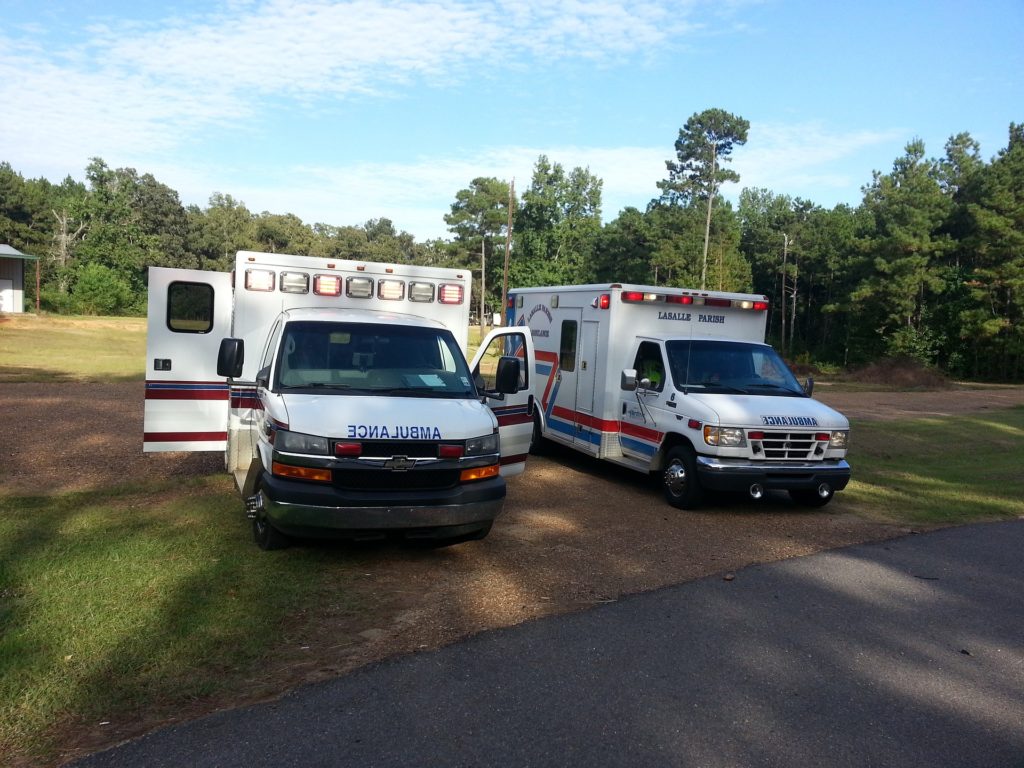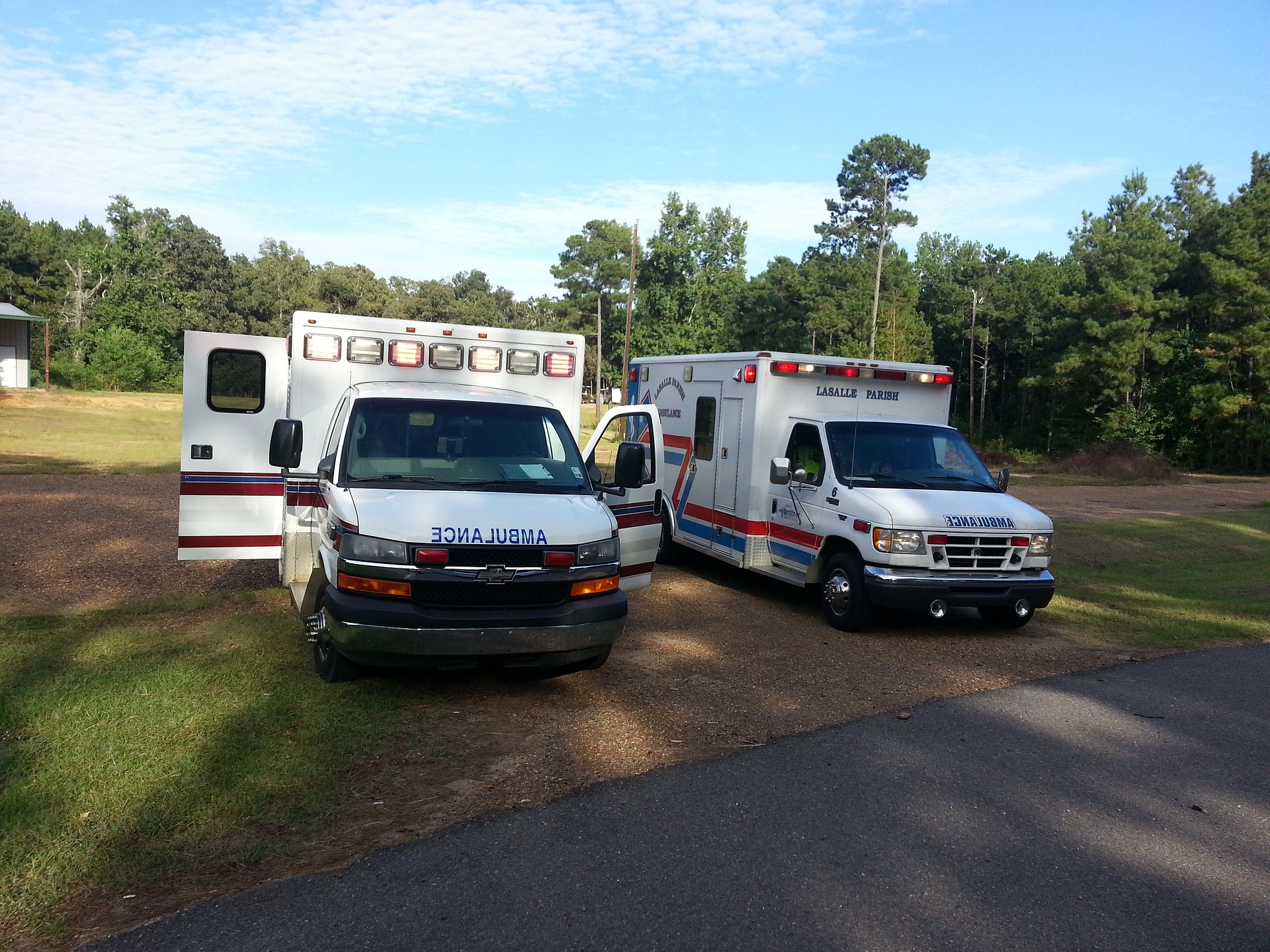
Emergency care has been recognised for many years as exposing ambulance workers to high risks of musculoskeletal injuries. Paramedics are especially known to report a high level of musculoskeletal injuries, particularly from patient moving and handling.
“EMTs and paramedics have a rate of injury that is five times the national average for all occupations.” (DOL, 2007)
Manual handling injuries cover a broad category of work related injuries but can include injuries due to lifting, trapped fingers, cuts from sharp objects and pushing and pulling etc. The most common manual handling injuries are MSDs or musculoskeletal disorders, which are injuries and disorders that affect the human body’s movement or musculoskeletal system.
Paramedics frequently endure musculoskeletal injuries because they perform heavy physical work in uncontrolled environments. Data from the Bureau of Labor Statistics (BLS) taken in 2014 showed the overexertion rate for ambulance workers was over five times the average (174 per 10,000).
The Department of Labor reviewed paramedics from 2003 through to 2007 to identify injuries and fatalities amongst EMTs.
Data taken from the Department of Labor review showed:
- Out of the 21,749 reported cases, there were 21,690 involved in nonfatal injuries or illnesses that resulted in lost workdays among EMTs and paramedics within the private sector.
- Out of the 3,710 (17%) injuries, there were 31 days of lost work time.
- A total of 14,470 cases (67%) involved sprains or strains
- Back injury was reported in 9,290 of the cases (43%), and the patient was listed as the source of injury in 7,960 (37%) cases.
- The most common events were overexertion (12,146, 56%), falls (2,169, 10%), and transportation-related (1,940, 9%).
- In 2007, EMTs and paramedics suffered 349.9 injuries with days away from work per 10,000 full-time workers, compared to an average of 122.2 for all private industry occupations.
Evidence-based research has shown that the use of adequate manual handling equipment and the correct safety procedures will significantly reduce the risk of injury to paramedics and EMTs.
Mangar Health is a world leader in the design, manufacture and supply of inflatable moving and handling equipment and has offices in Rhode Island, US.
The Mangar ELK and Camel are both emergency lifting cushions which will help to reduce the risk of injury by minimizing the need for manual handling. These lightweight and portable lifting cushions inflate with a push of a button and will raise a patient from the floor to a seated position.
Chris Mulberry, an assistant chief paramedic at the Platte Valley Ambulance Service in Colorado explained his experience of using the Mangar ELK.
“The nice part is that it’s not big or heavy, and can be used anywhere,” said Mulberry.
Before using the Mangar ELK, Mulberry explained how his agency used to lift patients manually and how; “EMS people are hard on equipment, but this product is durable and stands up to any EMS use.”
The Elk can be used to lift a patient weighing up to 980 lbs whilst providing a comfortable, safe and dignified lift.
Chris Lokits, a quality assurance officer at the Louisville Metro EMS explained how the Mangar lifting cushions have been “a blessing.”
“When doing a lift assist by myself I am confident that I can successfully get the patient up without hurting them or myself,” he explained.
“With a decrease in IODs and workman’s compensation claims, I believe this device will soon pay for itself. It’s invaluable. “
To request a demonstration of the Mangar ELK or the Mangar Camel, please click here.




